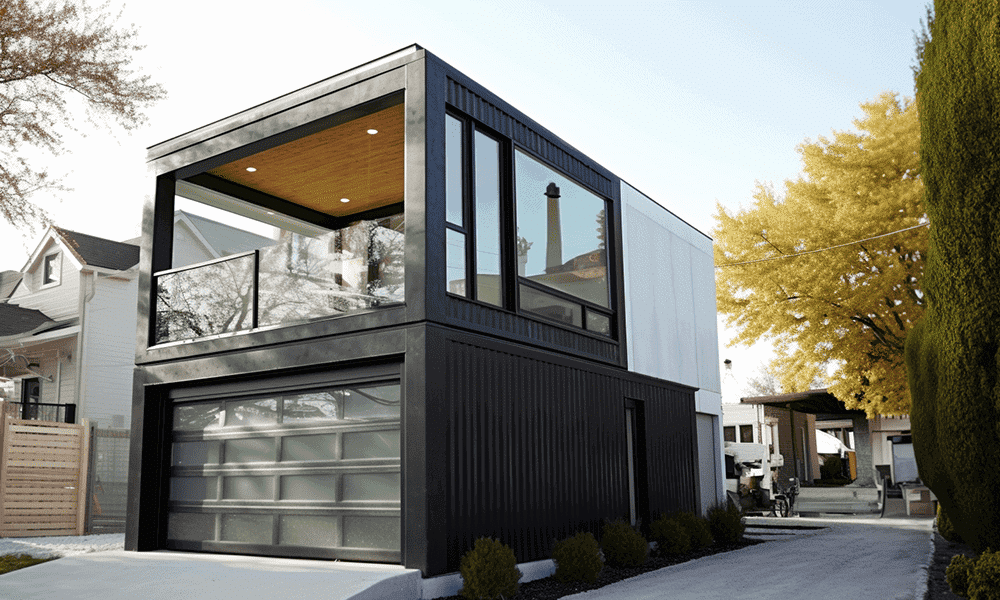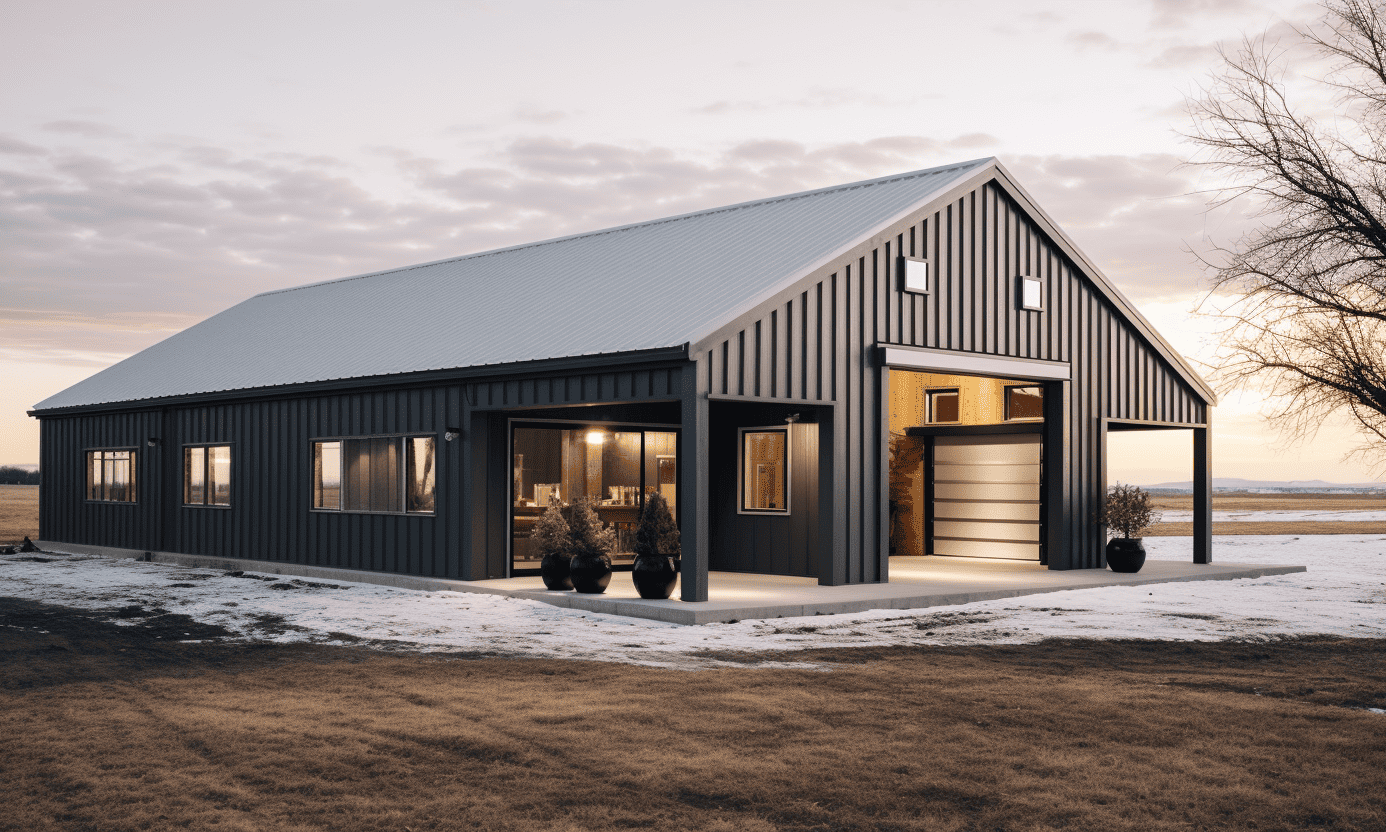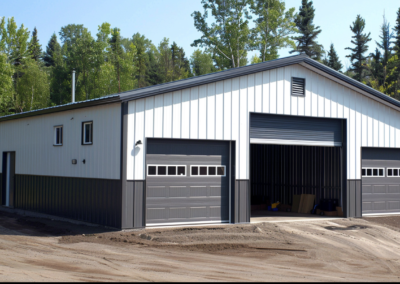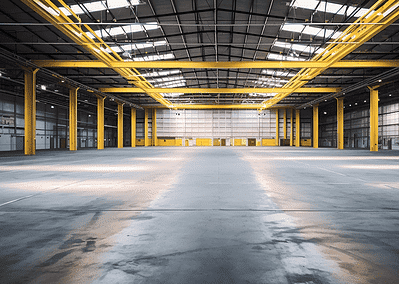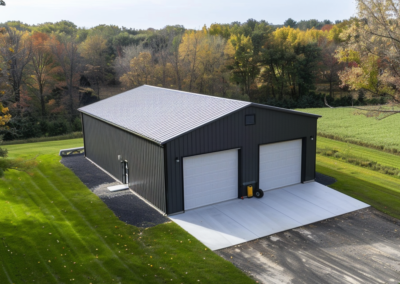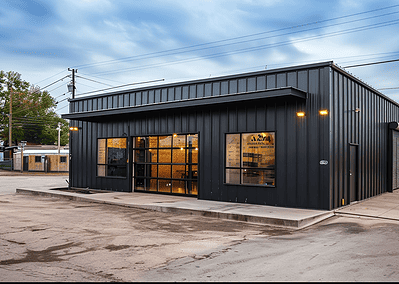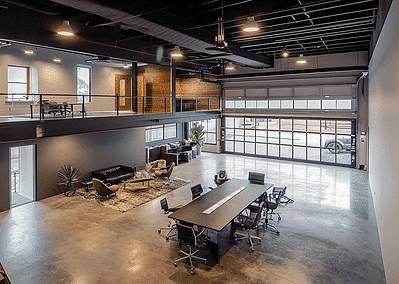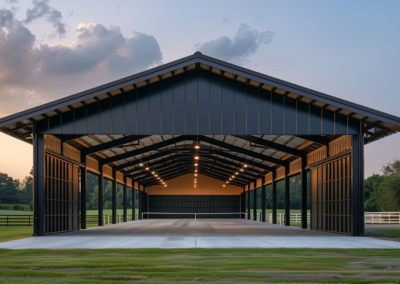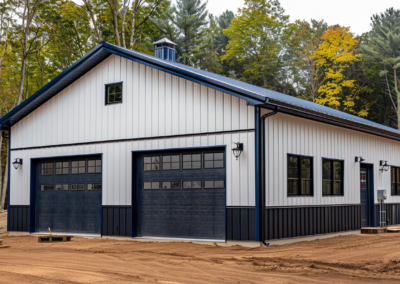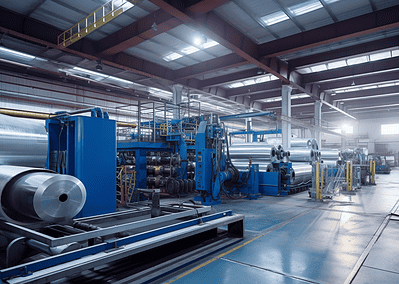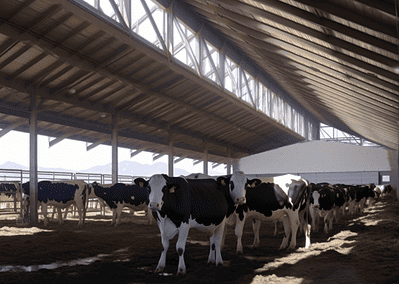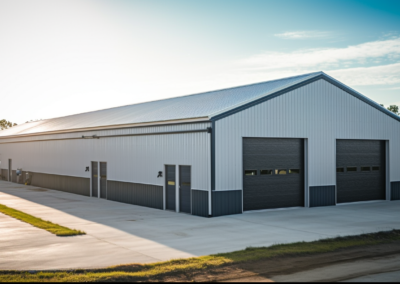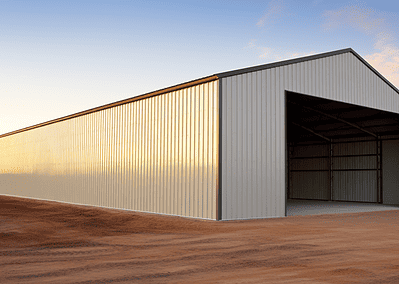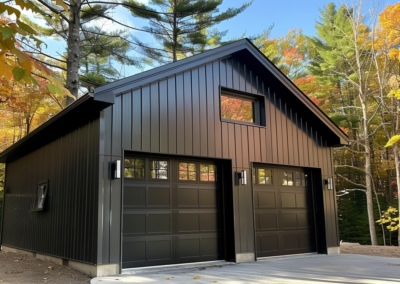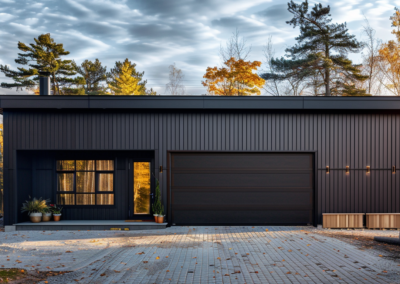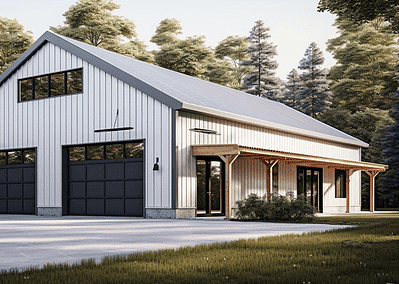Steel Building Ventilation
Home
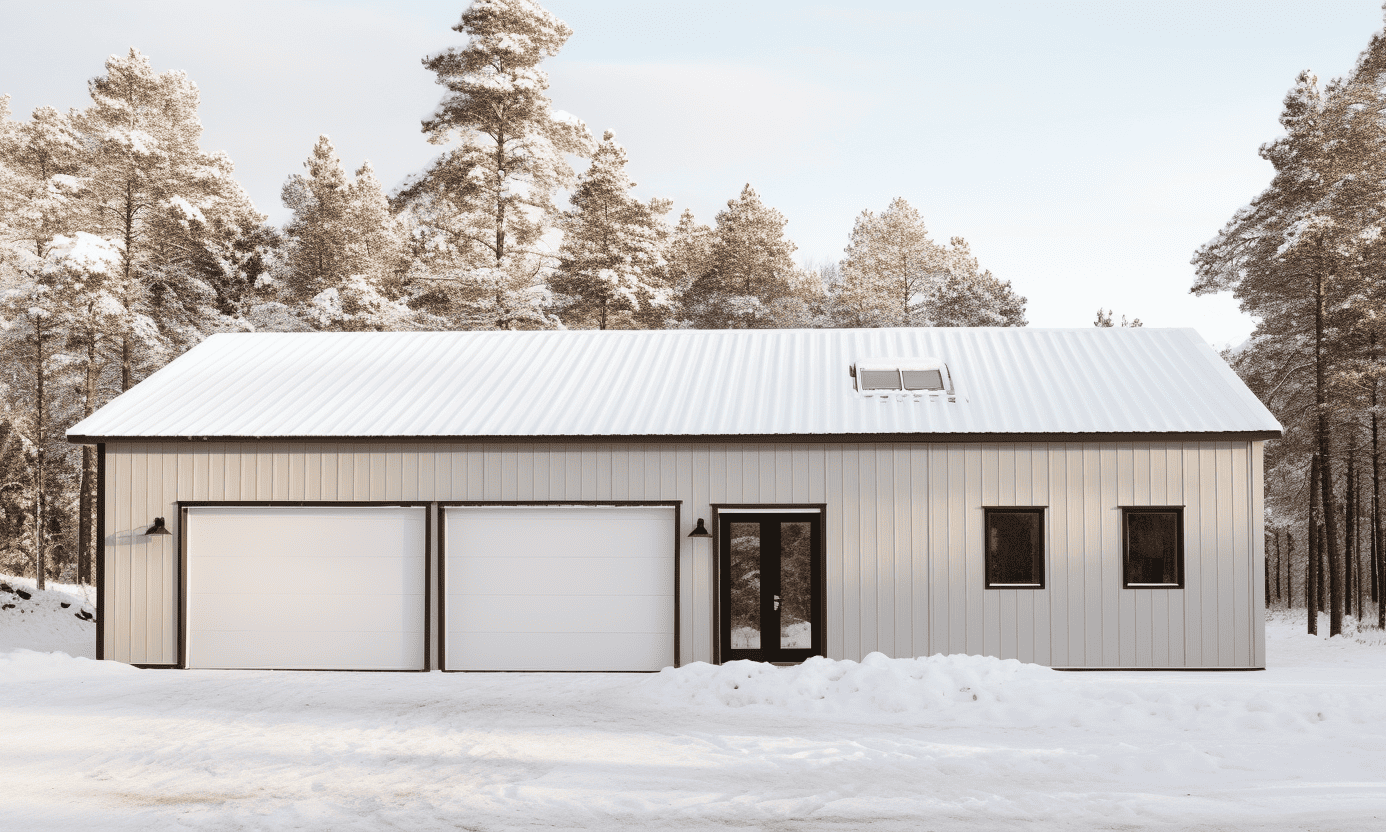
Understanding the Essentials of Steel Building Ventilation
The importance of proper ventilation in both residential and commercial buildings cannot be over-emphasized. But when it comes to steel buildings, the significance of effective steel building ventilation systems is profound. Why is it considered so crucial, and how does it improve the overall functionality of your steel building? In this article, we will unravel the facts behind these questions.
Why Is Steel Building Ventilation Important?
Among the unique benefits of steel buildings, one that stands out is their durability. However, without proper ventilation, this longevity can be jeopardized. Good ventilation enhances the lifespan of a building by mitigating moisture accumulation which could lead to rusting. It also plays a significant role in the maintenance of a comfortable temperature throughout the year.
The Role of Steel Building Ventilation in Energy Efficiency
Ventilation is not just about bringing in fresh air; it’s a matter of energy efficiency too. During the warmer months, inadequate ventilation can cause a building to become uncomfortably hot. The reason behind this is the ‘greenhouse effect’ caused by the build-up of hot air. Effective steel building ventilation can combat this problem, bringing about a more eco-friendly and energy-saving environment.
So, how can you achieve efficient steel building ventilation? Several strategies can be implemented, from using steel windows and doors to installing more complex systems.
Strategies for Effective Steel Building Ventilation
Strategically placing windows and doors can enhance airflow and reduce the build-up of hot air, helping to maintain a comfortable indoor temperature. As a cost-effective and straightforward solution, steel windows can be selected in a variety of designs, allowing for customization according to aesthetic preferences and ventilation needs.
For larger buildings where windows alone may not suffice, mechanical ventilation systems such as HVAC can be used. These systems can move larger amounts of air, efficiently managing the air quality and temperature.
Roofs and Skylights: The Pinnacle of Ventilation
Any discussion on steel building ventilation would be incomplete without bringing up the role of the steel building roof and skylights. A well-designed roof can assist in the effective circulation of air. Ridge vents and gable vents, for instance, can be installed to allow hot air to escape naturally.
Skylights can also significantly improve ventilation, in addition to bringing in more natural light, enhancing aesthetic appeal, and even potentially reducing electricity costs.
Consulting Expert Teams for Customized Solutions
While these strategies provide a basic understanding, it is always best to consult with professional teams adept at creating customized steel building ventilation solutions. Their expertise can help optimize ventilation in accordance with unique building configurations.
In conclusion, steel building ventilation ensures improved air quality, temperature regulation, and energy efficiency. From well-placed steel windows and doors to specialized mechanisms on the roof, there are various strategies to this end. Yet, expert advice is paramount in making the most of these installations. And remember, a well-ventilated steel building is a comfortable, energy-efficient, and durable steel building.
Steel Building Ventilation
Natural Ventilation and Its Benefits
Natural ventilation is an essential strategy for steel buildings, leveraging environmental conditions to promote air flow. It typically involves the strategic placement of windows, doors, vents, and other openings to facilitate the movement of air throughout the building. By harnessing wind and thermal buoyancy, natural ventilation can effectively reduce the need for mechanical cooling and heating systems. This not only helps in cutting down energy costs but also contributes to a healthier indoor environment by reducing the reliance on air conditioning systems, which can sometimes circulate pollutants and allergens. The key to effective natural ventilation lies in understanding local climate patterns and designing the building’s layout accordingly, ensuring that openings are correctly placed to maximize air flow.
The Critical Role of Humidity Control
In steel buildings, controlling humidity is as crucial as regulating temperature. Excessive moisture can lead to condensation, which, if left unchecked, can cause rust and deterioration of metal components, shortening the building’s lifespan. Proper ventilation helps maintain an optimal level of humidity, preventing the accumulation of moisture and its associated problems. This is particularly important in regions with high humidity or significant seasonal variations. In such climates, combining natural ventilation with dehumidifiers or other moisture control systems can provide a comprehensive solution, ensuring that the internal environment of the steel building remains dry, comfortable, and corrosion-free.
FEATURED PROJECTS
DELIVERING EXCELLENCE ACROSS INDUSTRIES
Explore our projects and witness the expertise and craftsmanship that sets us apart in every endeavor.
At Your Building Team, we recognize that your home is a true reflection of your individual style and aspirations. That’s why we take immense pride in our unwavering commitment to delivering superior craftsmanship and meticulous attention to detail. From the initial consultation to the final walkthrough, we collaborate closely with you to grasp your vision, understand your unique needs, and ensure that every aspect of your residential construction project surpasses your highest expectations.
